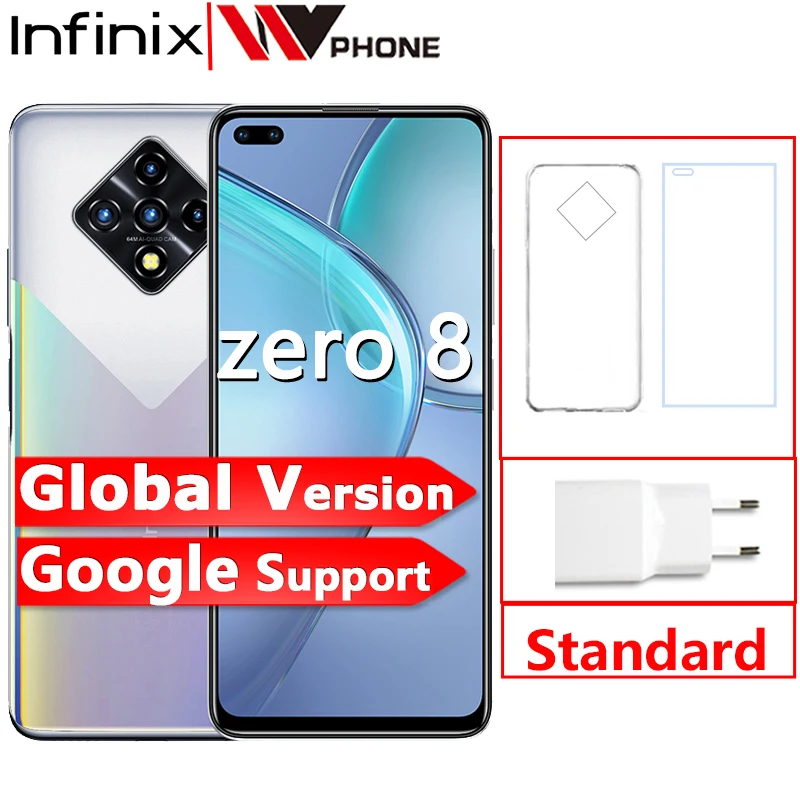Just over a year ago, I attended the first-ever Ahupuaa Investment Summit at the University of Hawaii Maui College. With Maui County support, the primary purpose of the summit was to lay the groundwork for Hawaii to attract sustainable investment that aligns with community values.

In 2020, 30% of U.S. assets under management — $17 trillion — were allocated to ESG. That figure is up 42% from just two years ago, according to research from the Forum for Sustainable and Responsible Investment.
Summit speakers included a mix of ESG experts, community leaders and citizens. The summit was unique in bringing the community together with people who directly invest large amounts of capital in the local economy. Discussions were collaborative and informative.
During his panel, Illinois Treasurer Michael Frerichs discussed the $31 billion in state and local government funds and savings plans that his office manages. He spoke about integrating investment objectives like optimal risk-adjusted returns with corporate accountability and sustainability factors, such as sound corporate governance, diversity and inclusion, and environmental care.
Kehau Filimoeatu, retired from the Maui Police Department, gave her perspective as a beneficiary of the Hawaii Employees’ Retirement System. The ERS provides retirement and other benefits to 135,000 Hawaii public employees, has $18 billion in assets under management and invests in over 800 companies, including Facebook, Amazon and Microsoft.
Reminding the audience that the money that the ERS manages comes from the wages of teachers, firefighters and police officers, Filimoeatu talked about managing pension fund investments from an ahupuaa perspective: Improper diversion of water upstream affects all of us downstream, and if the ahupuaa is not cared for, it will not sustain future generations.

As the ahupuaa model illustrates, when water — and wealth — is used well, systems flourish.
Cory Lum/Civil Beat
To look at investment through the lens of the ahupuaa system makes sense. In olelo Hawaii, wai means water and waiwai means wealth. Even in the western world, water is used as a metaphor for finance with terms like “cash flow,” “liquidity,” “trickle-down,” “channeling investment.” We even use water metaphors when we’re talking about a lack of investment, when capital “dries up.”
Making The Metaphor A Reality
Now, as we address the impacts that COVID-19 has had on Hawaii, we need to support investments that truly sustain our residents, their children and grandchildren. We need investments that — both metaphorically and in reality — keep the ahupuaa healthy.

Yet in the years since the 2015 signing of the Paris Climate Agreement, global banks still provided $2.7 trillion in financing to fossil fuels, and investors are not yet putting sufficient capital into much needed clean energy and resilience projects.
In 2018, the Hawaii ERS became a signatory to the United Nations-supported Principles of Responsible Investment, which is designed to support and encourage responsible and sustainable investment practices.
Becoming a PRI signatory was a good first step, but Hawaii’s retirement system needs to do much more. For example, we know that ERS is still invested in fossil fuels.

Fossil fuels continue to play a large role in global capital — but key institutional investors that have committed to ESG principles are moving to divest.
chumlee10/Flickr
And while the ERS may have reasons for staying invested at this time, beneficiaries at least deserve to know the reasoning behind such a decision, how the pension system is planning for the clean energy transition, as well as what risks and exposures ERS has to climate change.
Public state funds need to show how they are putting sustainable investment principles into action. They must demonstrate how they are going to support the sustainable economy — and not endanger our future through investments that are harmful and present clear economic risks.
That is why I introduced House Bill 1205 (Sen. Sharon Moriwaki introduced the Senate Companion, Senate Bill 801). The bill, currently before the Economic Development Committee in the House and the Government Operations Committee in the Senate, asks the ERS and other state-managed funds to integrate sustainable investing into their practices and processes and to report back to the community on how sustainably these assets are being managed.
While ERS does currently submit an annual report on its ESG activities to the PRI, little information about its ESG activities is made available to members of the public — including ERS pension beneficiaries and Hawaii taxpayers.
Besides environmental concerns, the PRI principles include the “S” and the “G” in ESG. “Social care” includes issues related to worker rights and culture, as well as other social concerns, and “Governance” refers to how a corporation is managed, including ethics.
Environmental, Social And Corporate Governance On The Ground
An example of an investment by Hawaii’s pension fund that some of my constituents contend does not meet ESG standards is a $30.5 million allocation to the Blackstone Group. The world’s largest private equity manager, New York-based Blackstone has $619 billion in assets under management. In 2019 founder and CEO Steve Schwarzman, who has an estimated net worth of $23.1 billion, took home $802 million in compensation.
A Blackstone fund in which the ERS is invested owns the Grand Wailea and Ritz-Carlton, Kapalua and is Maui’s largest private employer. The Grand Wailea is the largest customer of Maui’s Department of Water Supply.
Blackstone states that ESG factors are an important part of its investment process: “ESG principles have always been at the core of our business – we’ve spent years promoting sustainability across our portfolio, prioritizing our people, and practicing good governance.”
Yet community members have expressed grave concerns about how the Grand Wailea is operating under Blackstone. There are questions concerning the environment, management of resources and shoreline erosion. More broadly, the private capital hotel ownership model further ties the overall Hawaiian economy to tourism, with profits largely going back to Blackstone.

Through its investment in Blackstone, the Hawaii ERS has a stake in Maui’s Grand Wailea (seen here).
Dave Dugdale/Flickr
Though most people on Maui do not have access to Schwarzman, and indeed many likely have not heard of him, it is clear that he has an important role in our community. And through the ERS, many Hawaii residents have invested their hard-earned wages in his funds.
Investing in Blackstone has broader ramifications too. According to the Washington Post, Schwarzman has been one of former President Trump’s steadiest supporters.
Here we come to the G of governance. In the wake of the Jan. 6 insurrection, political donations are being looked at more closely. As Ahupuaa Summit panelist Treasurer Frerichs states: “We’re going to investigate and ask questions of our fund managers. Are their giving patterns destabilizing our government, which would lead to the destabilization of our country?”
HB 1205 And SB 801
Whether the issues relate to the climate crisis, hotel development or an attack on our democracy, we need Hawaii’s pension fund to adhere to the PRI principles: incorporating ESG into analysis and decision-making; seeking appropriate disclosure on ESG by the entities in which it invests; and reporting on activities and progress toward implementing the principles.
Opponents to HB 1205 and SB 801 will say that our economy is too damaged to stand up to the further risk of ensuring that our investments consider the environment, social outcomes and governance. Or that somehow, we cannot afford or do not deserve full accountability and transparency from our public funds.
I say we must act before we lose more money, take more unnecessary risks and waste more time committing capital to ventures that make our economy and community unsafe.
Any true definition of sustainable investment must also include consideration of the entire public fund system, which includes knowing how much of our funds are being paid out in fees and how much money is being lost in revenues in the form of tax breaks and other subsidies that private equity and other money managers receive.
That is why HB 1205 asks the ERS to report both on the fees it pays to managers and the net economic impact of private market investments made in Hawaii. We need to know how our pension money is being invested in our local economy and to be sure those investments adhere to true ESG guidelines.
We also need to know what kind of tax breaks and other benefits investment firms get when they invest in our community and profit from our resources.
We give up nothing when our public funds are invested ethically and responsibly. And we gain back the world.
 Sign up for our FREE morning newsletter and face each day more informed.
Sign up for our FREE morning newsletter and face each day more informed.
"term" - Google News
February 14, 2021 at 05:11PM
https://ift.tt/3baF3gC
The Hawaii Employees' Retirement System Should Be Investing For The Long Term - Honolulu Civil Beat
"term" - Google News
https://ift.tt/35lXs52
https://ift.tt/2L1ho5r
Bagikan Berita Ini

















0 Response to "The Hawaii Employees' Retirement System Should Be Investing For The Long Term - Honolulu Civil Beat"
Post a Comment